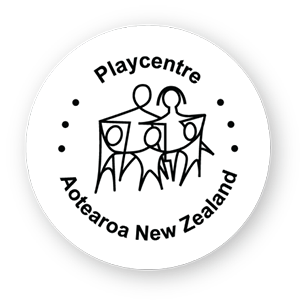Reopening a Centre after an extensive closure period.
A basic property checklist is available on the website (https://www.playcentre.org.nz/covid-19/centre-closures-for-lock-down/) for those centres that are coming out of a lockdown.
Property Communications
For all general property enquiries please email [email protected], for specific regional property information please contact your Regional Property Coordinator, https://www.playcentre.org.nz/current-members/property/property-contacts/.
Property Projects
Playcentre Aotearoa ask that all Centres talk to their Regional Property Coordinator at the very start of a project, when you are initially thinking about undertaking a project. This is for both Playcentre funding assisted projects and non-Playcentre funded projects. Regional Property Coordinators will then provide advice and guidance with regards to your specific playcentre building and playground. This could prevent costly mistakes!
Property Policy and Procedure Documents (and Project Application Forms)
The latest Property Policy and Procedure Documents and Project Application Forms (for Playcentre Funding Assisted and Non Funded Projects) are available on the website, https://www.playcentre.org.nz/current-members/property/property-and-equipment/. These documents are available in Word and PDF formats. Please make sure you also read the Documents “notes to help you complete the forms” in order to make sure you are supplying the correct information. Please do not alter these documents. Once completed these need to be sent to your Regional Property Coordinator.
Asbestos and Lead Acknowledgement
12.1.3 Asbestos and Lead Acknowledgement form has been created to provide information regarding both asbestos and lead contaminates at your Playcentre property. This form MUST be signed and submitted with each Project Application Form (Funding Assisted and Non Funded) that you complete. The relevant section on the Project Application Form should also be signed to acknowledge that you have seen, signed and submitted this form. Buildings newer than 2000 will not be required to undertake any Asbestos investigations and buildings newer than 1980 will not be required to undertake lead testing. For further information about this form and its contents and any questions about asbestos and lead please do not hesitate to contact your Regional Property Coordinator, https://www.playcentre.org.nz/current-members/property/property-contacts/.
Hire Documents
The latest hire documents (in pdf and word formats) are available on the website, https://www.playcentre.org.nz/current-members/property/property-and-equipment/. Please download these forms each time you wish to hire out the Centre. All hire forms need to be sent to your Regional Property Coordinator prior to the hire date. FAQs for hiring out your Centre are available at https://www.playcentre.org.nz/covid-19/frequently-asked-question-bank/.
Property FAQ
FAQ are available on the website, https://www.playcentre.org.nz/property-faqs/, these are updated as new questions are asked. The following are two questions that have come up recently.
December Property FAQ
UPDATED Can any of our moveable equipment be used on the grass?
Grass is an ideal surface for most outdoor activities. It can also be used as a safety surface for equipment under 600mm in height. It has the advantage of staying cool in hot weather and is suitable for both walking and crawling children. For grass to be suitable as a fall zone it must be free of bare patches and weeds, have a good root system (ie not new grass) and well cared for (ie watered, weeded, and mown – like a sports field). The maximum height that a child can fall from equipment at Playcentre is 1.5m, however on suitable grass this is only 600mm. The fall zone (space around) for any equipment is 1.5m around the equipment (unless part of a ‘course’) and the fall zone must be the grass (if under 600mm) or other impact absorbent material (if over 600mm).
Does the Fire Contractor or the Centre need to check the smoke alarm/s in the Playcentre?
For all battery operated smoke alarms, the centre should test these twice a year (like at home do them at daylight saving time) and replace batteries, just as you would in a residential home.
An alternative to purchasing a new battery each year would be to replace the unit with a 10 year cavius type ‘long life’ smoke alarm. They are around $100 per unit (available from a hardware store like Mitre10 or Bunnings), and will last 10 years without replacing a battery. If you do install one of these, it is recommended to add a label machine sticker next to it saying “replace Nov2031″ or similar”

